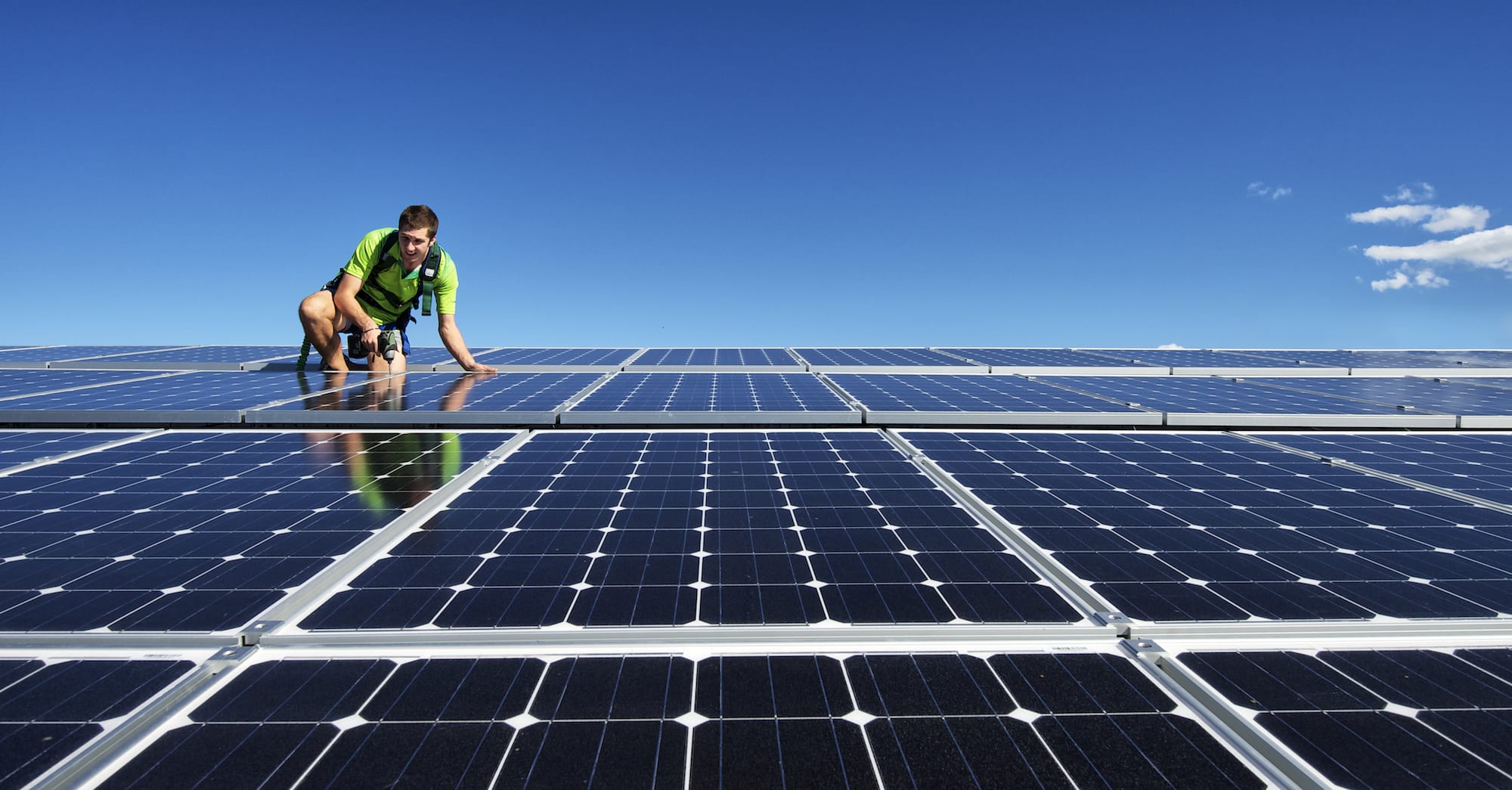If you’re looking to save even more on your energy bill (and you’re starting to think about the next cyclone season), then a solar battery probably seems like the next most logical decision. While solar batteries are great for maximising your solar system and becoming more self-sufficient, there are a few important things to consider before taking the storage leap.
How much energy am I exporting?
Most people think that once you have solar, you should get a battery. But the first thing you need to look at is how much energy you are exporting to the grid. A solar battery is charged by the excess energy your solar system produces that you’re not able to use immediately. If your household uses very little power during the day, then you’re most likely exporting a lot of your solar to the grid. A battery storage system might be a perfect solution for you.
However, if you’re home during the day and you export very little of your solar energy back to the grid, then a battery will be of very little use to you. Check your monitoring or turn to the second page of your electricity bill and look at how many kWhs of solar you are exporting every month. You should be exporting enough energy to the grid to power the battery. For example, if you’re thinking about purchasing a 7kWh battery, you should be exporting a minimum of 7kWhs a day to the grid. It is possible to charge your battery with power from the grid however this would be counterproductive if your intent is extra savings.
How much is your Feed-in Tariff?
If you’re on a high feed-in tariff (FIT) and you’re exporting a lot of your solar energy, then a battery might not be needed. The agreement you’ve made with your energy retailer may also prevent you from installing battery power if you wish to keep your FIT. Depending on how high your FiT is, you will likely save more by exporting the energy to the grid rather than storing it to use at night. A good rule of thumb is that if your FiT is higher than what you are paying for grid power, you should export it back to the grid to get the FiT. If it is less than what you pay (which it usually is in most cases today) a battery could be a good option.
How does the return on investment look?
Like any investment, it’s important to analyse your return. Sit down and work out how much you’ll save against how much you’ll spend and determine how long it will take you to recoup your money. It’s also important to take into consideration how you’re going to pay for it. If you’ve got the money sitting in the bank, then it might be more viable than taking out a loan and paying interest. It may also give you a better return on investment than leaving it in the bank.
Does it have back-up functionality?
While it’s most common for people to install batteries for the extra savings, a lot of people purchase them because they live in an area with grid instability. It’s important to do your research and ensure your battery has back up functionality. Some battery storage systems will only work while connected to power so it’s important to be aware of this when making the switch.
Just like going solar, purchasing a battery storage system should be well thought out. It’s important to do your research and make sure that it’s the right choice and the right time for you to make the switch. Battery storage systems are still a little expensive for a lot of households to make the switch, but just like we saw with solar panels, the price will eventually drop, making them more accessible to the greater population.
If you have any more questions, or if you’re unsure if a battery is right for you, contact our team of solar experts on (07) 4940 2900 and we’ll help you find the right system depending on your usage!



